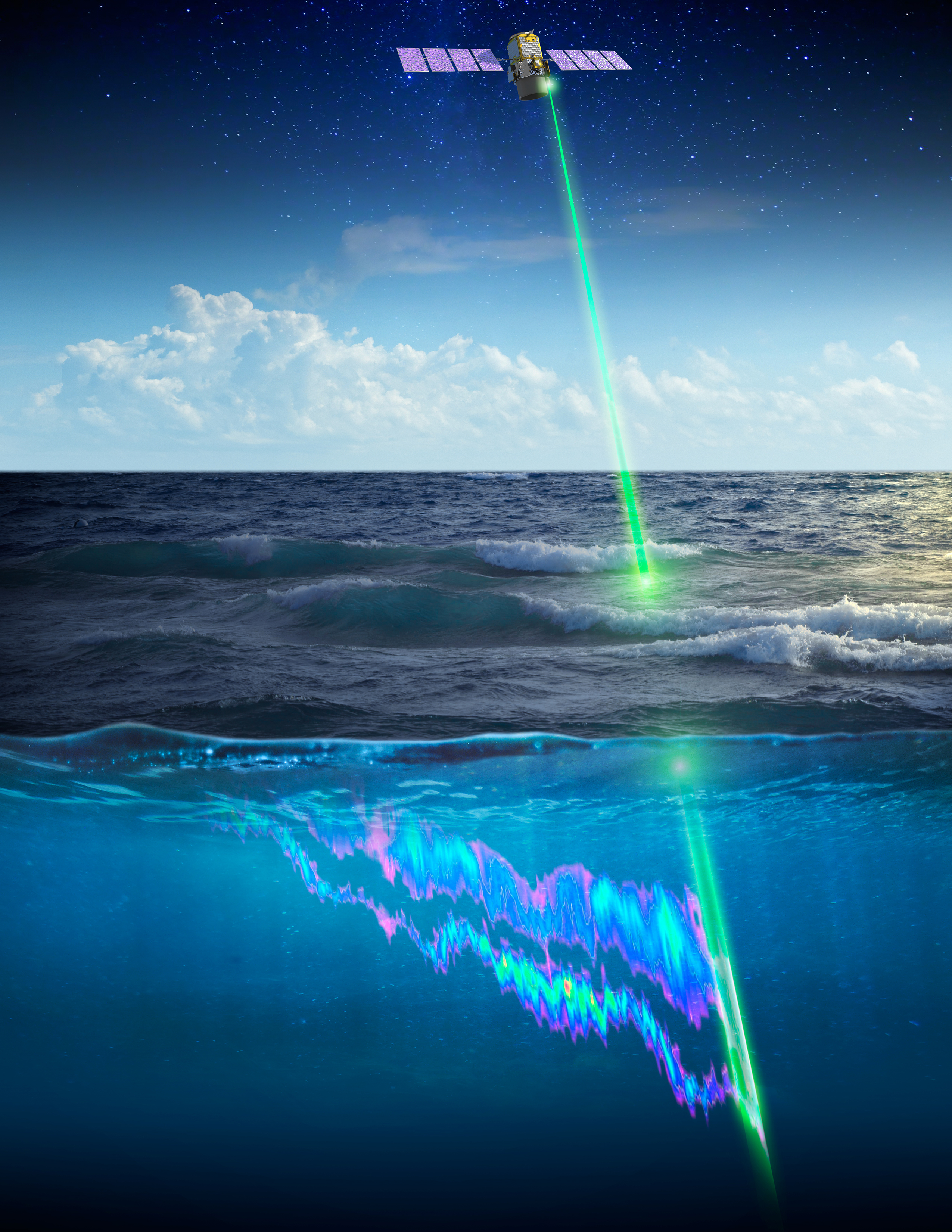
Technology development and testing is expensive, but there’s no room for shortcuts when safeguarding human life. So NASA has gotten good at developing cost-effective resources that can be used in lots of different ways. That might mean combining off-the-shelf parts with engineering expertise or working with a company to take a proven technology to the next level.
All of this hardware and software helps maintain America’s competitive advantage in air space, and the everyday products we use. Many of those multi-purpose resources are in your closet, in your garage, and on your phone.
Businesses, large and small alike, interested in taking advantage of NASA’s technology have tapped the vast portfolio of resources under via licensing agreements. These successful transitions demonstrate how just about anyone can create the next NASA-powered products.
Lighting the Way

Weather apps providing information about natural disaster alerts and poor air quality warnings can include environmental data from Lidar technology developed by NASA. In the same way radar uses radio waves to identify distant objects, light in the form of lasers can also find things on a much smaller scale. The tiny particles of volcanic ash and aerosol pollutants are just two examples of what Lidar can “see.”
Light can also accurately map the topography of a mountain range and the snowfall on top of it to measure the water it holds. This is one way Western states are tracking the snowmelt so essential to drought-stricken regions. That effort also provides essential data regarding draught conditions shared with users of numerous apps.
Lidar was used to help land the Perseverance rover on Mars, but it can do so much more on Earth. One suite of technologies could navigate autonomous robots for creating real-time 3D maps of areas too dangerous or expensive for humans to reach. A severe wind warning system could notify both airplane pilots and wind farm energy producers of unsafe conditions, making it possible to mitigate serious problems. And the software to drive these systems is also available to make these future applications of Lidar functional.
These up-and-coming technologies could easily follow the same development path as the outboard motor stored in your garage.
Powering Up
A weekend on the water in a boat for fishing, water skiing, or just puttering around is only going to leave the shore if the motor is reliable. In the case of Evinrude’s E-TEC line of outboard engines, part of that reliability comes from NASA technology.
A high-strength aluminum alloy developed to operate at elevated temperatures, the MSFC-398it alloy can be produced in large quantities at low cost. Evinrude incorporated the material into some of its pistons, improving durability while also making the engine quieter, cleaner, and more efficient.
The Ares rocket program produced a new aluminum alloy – NASA-427 – that’s stronger, light weight corrosion resistant, and energy efficient (shorter processing time saves energy). Ideal for cast aluminum products that have powder or paint-baked thermal coatings, this alloy could be incorporates into the brake calipers, aluminum wheels and other part in the truck used to tow your boat.
Whether going to the lake or up a mountain, the gear in your closet might have a NASA connection.
Blowing Hot and Cold

Much of your cold weather gear – sleeping bag, boots, gloves, and jacket – has a lightweight, extremely effective, and washable version of insulation called aerogel. Clothing companies are meeting the demand for less bulky cold-weather equipment for skiers, hikers, and anyone just trying to stay warm in a cold climate. These products take advantage of just one type of aerogel created by NASA technologists.
Because another transparent polyimide aerogel combines strength, transparency, and exceptional insulating properties, it could be used to replace automobile windows and windshields at a fraction of the weight of glass. Another type is a more flexible insulation that also provides structural support for small spaces like car doors. Still another aerogel could provide significant electricity cost savings for homeowners in housing construction as insulation and better appliance insulation in refrigerators and freezers.
All of these and other commercial product using NASA-developed technologies all started the same way – with a conversation about how to use an invention. The Technology Transfer program works with individuals and businesses of all types to ensure they have what they need to launch a new product or improve an existing service.




